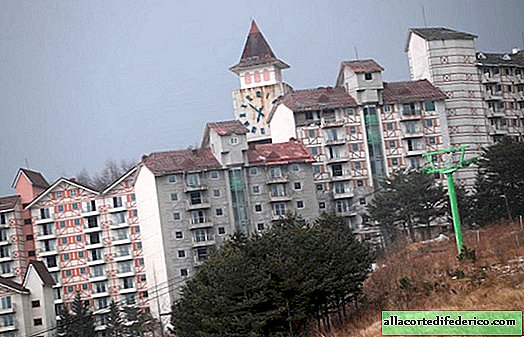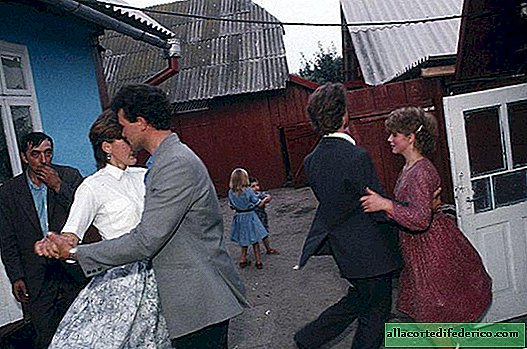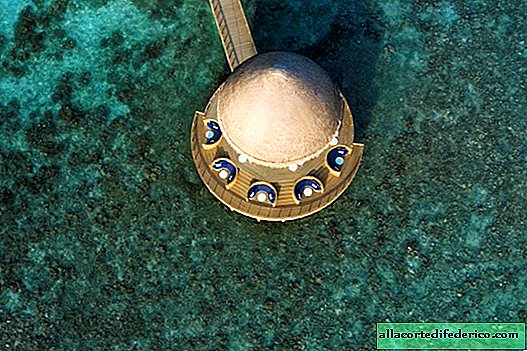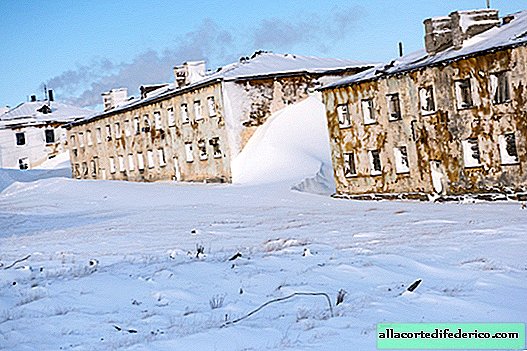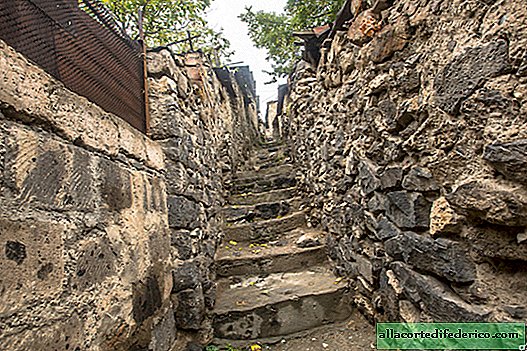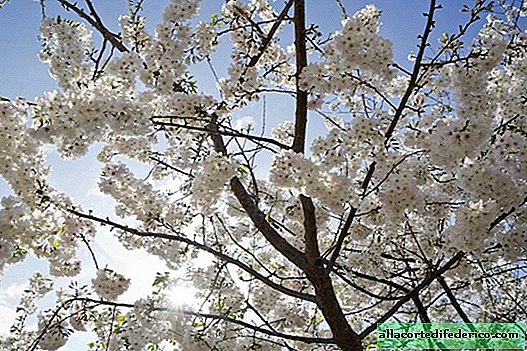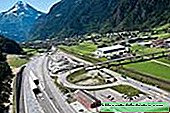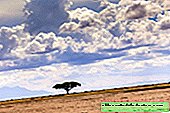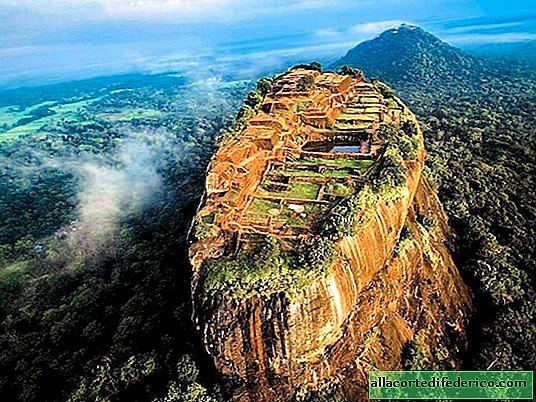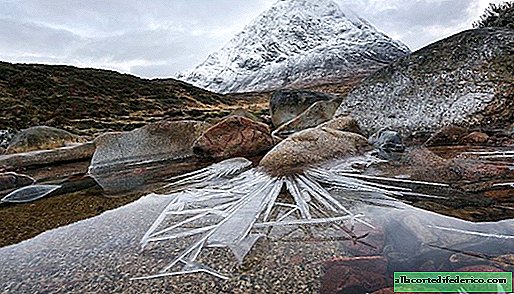Balls of the gods: where did perfectly smooth stone balls come from in different parts of the world
Despite the fact that outside the window the XXI century, and scientific knowledge has reached unprecedented heights, there are still plenty of objects and phenomena on our planet, over the origin of which scientists are puzzling. One of these puzzles are stone balls with a perfectly round shape, which are found in different corners of the planet. This, for example, the Russian island of Champ, where the giants reach more than 2 meters in diameter, or Costa Rica, where about 300 such stones were found. Most experts believe that stone spheres are of natural origin, although there are exceptions. We offer a look at these mysterious formations, which supporters of non-natural origin call the balls of the gods.
Champ Island, Franz Josef Land Archipelago

The Franz Josef Land Archipelago is located in the Arctic Ocean and is the northernmost possession of Russia. In the central part of the archipelago is the small island of Champ, where on an area of 374 sq. Km. large stone balls of perfect shape are scattered. Especially a lot of them on the coast of this uninhabited island, and the size of the largest of them is simply amazing.

In addition to Champ Island, stone balls are found on other islands of the archipelago, but it is here that there are the most of them. According to scientists, these are globular nodules that are formed by layering cemented layers around a growth center. Although there are those who do not agree with this version, but today it is the most believable. Despite the incredible remoteness, Champ Island is popular with tourists who come to admire unusual stone balls.


Costa Rica, Central America

Stone balls in this American country were discovered in the 30s of the last century. In the Dikvis River Valley and on the Pacific island of Caño, which belongs to Costa Rica, there were about 300 perfectly round balls, which are called petrospheres. Why was it located? Because most of the balloons to date have been taken from places of discovery to different parts of the world: from museums in Costa Rica to British Cambridge. Despite the outward resemblance to the stone spheres of other regions of the planet, the Costa Rica petrospheres are usually classified as objects of non-natural origin. Most researchers are inclined to the version that they were made by human hands, although their exact purpose is unknown.



West Kazakhstan

These stone balls, located on the coast of the Caspian Sea in the hot semi-desert regions of Kazakhstan, are not very well preserved. They are covered with cracks or even split into several parts. The main version of their origin is natural: as well as Champ nodules, they were formed as a result of geological processes. It can be seen on the cleavage of some balls that the material inside is arranged in layers, which indicates a long time of sedimentary rock deposition.



Bosnia and Herzegovina, Europe

In Europe, in the territory of Bosnia and Herzegovina, stone balls were also found. In the mountainous woodland, not far from the village of Zavidovichi, smooth stone balls were discovered in the strata of rocks. On the surface, as a rule, a small part of the stone spheres is visible, but it also allows one to judge their size and shape. The largest of them has a diameter of about 2.5 meters. Semir Osmanagich, a local enthusiast and researcher of Bosnian spheres, is sure that these stones are not of natural origin, although some scientists strongly disagree with him and do not see anything supernatural in these balls.


Volgograd region

Another place in Russia where you can see stone balls is the Volgograd region. Here in the area of the village of Wet Olkhovka (Kotovsky district), stone balls were discovered in the thickness of sedimentary rocks after heavy rains. Their surface is uneven, dotted with chips and cracks. A distinctive feature of the stone balls of the Volgograd region is that they are hollow inside and arranged in a certain order. Some spheres from which the upper layers have broken off have a central hollow part inside. Most experts agree that this is a type of nodule in which cavities arose when the substance of the central part dries up. Along with this version, opinions are heard about extraterrestrial origin, since a certain regularity can be traced in their location: they are on the same line at the same distance from each other. There are versions that these could be eggs of large dinosaurs unknown to science. But such hypotheses have not yet been confirmed.


New Zealand

New Zealand is also famous for its stone balls, which are called Moeraki boulders here. These balls lying on the sandy beach of Koyokohe (South Island) look especially picturesque. In total, in the coastal strip with a length of about 300 meters there are several hundred stone balls with a diameter of half a meter to two. There are the same stones that are also recognized by nodules on other islands of New Zealand, but in smaller quantities.



State of North Dakota, USA

In Theodore Roosevelt National Park, which is located in North Dakota, along with bisons and bizarre rocky landscapes, stone balls can be seen. There are not so many of them here as in other regions, but they also deserve a separate place on our list.

The material is copyrighted, when copying a link to an article or travelask.ru site is required

